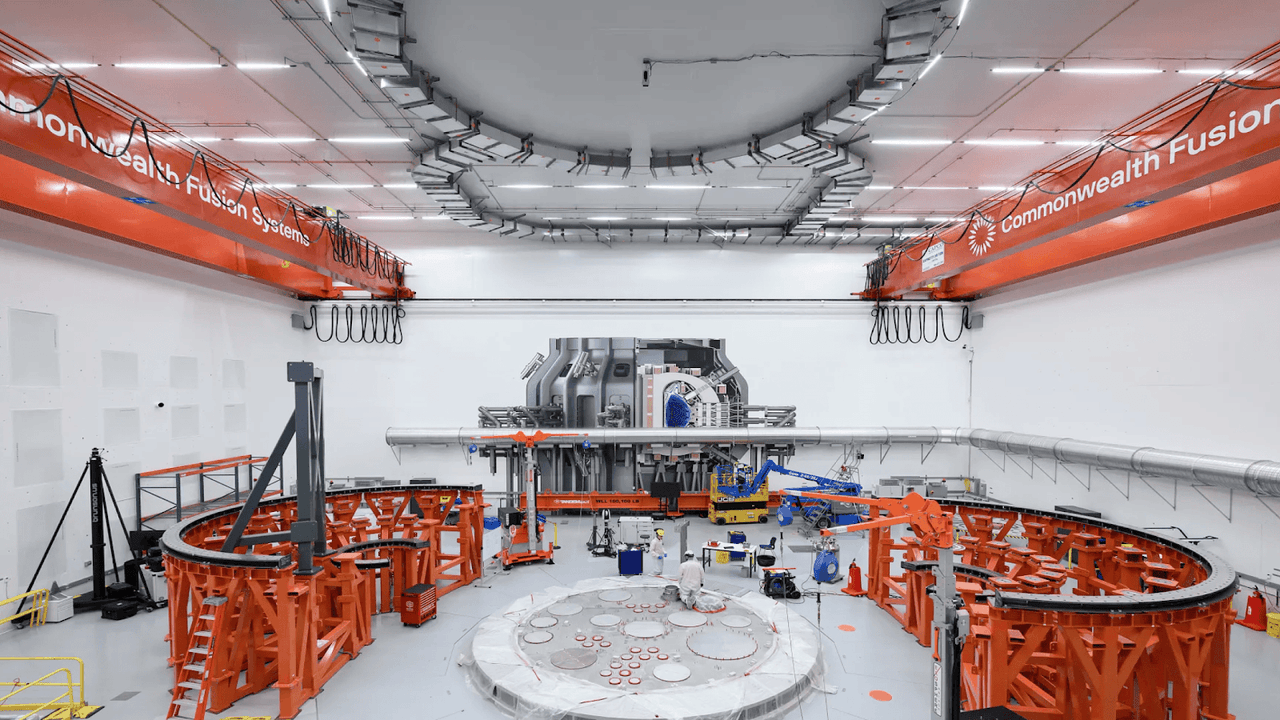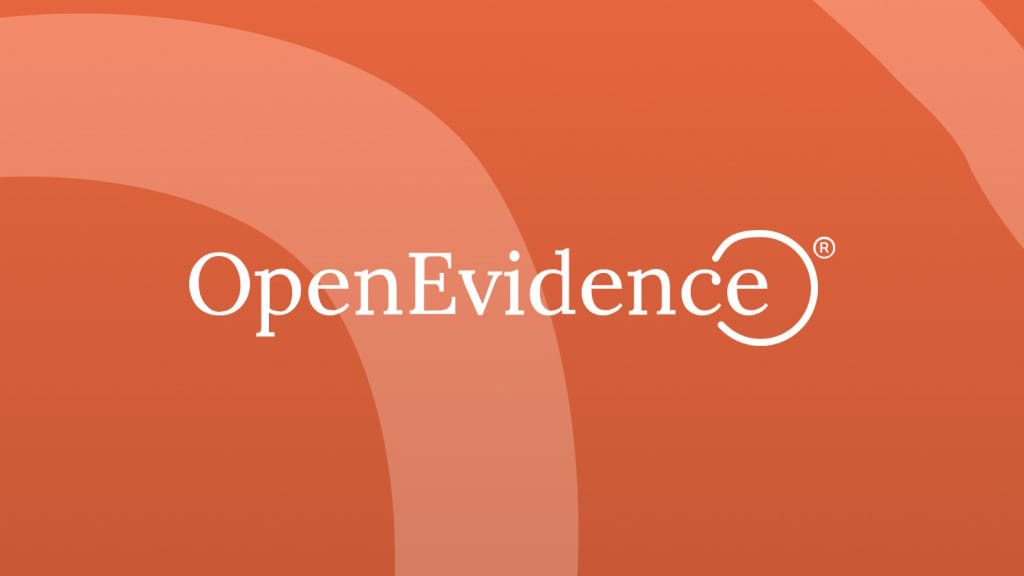DeepMind Enters the Heart of Fusion: When AI Learns to Steady a Star

For decades, scientists have pursued one of humanity’s hardest goals: to recreate the power of the sun on Earth. Nuclear fusion promises nearly limitless and carbon-free energy by fusing hydrogen atoms into helium, releasing extraordinary amounts of heat.
The science is well understood, yet the difficulty lies in control. To sustain fusion, plasma, which is matter heated to over 100 million degrees Celsius, must be confined within magnetic fields so precise that even the slightest disturbance can end the reaction or damage the chamber. Managing this storm of charged particles has always exceeded human reflexes.
In October 2025, Google DeepMind and Commonwealth Fusion Systems (CFS) announced a new approach. Instead of relying solely on human operators, they would allow artificial intelligence to learn how to stabilize the plasma itself. Their joint project, named Torax, uses reinforcement learning to simulate and regulate plasma inside CFS’s compact reactor, SPARC. Its mission is simple but historic: to keep a miniature sun stable, something no human control system has ever achieved.





